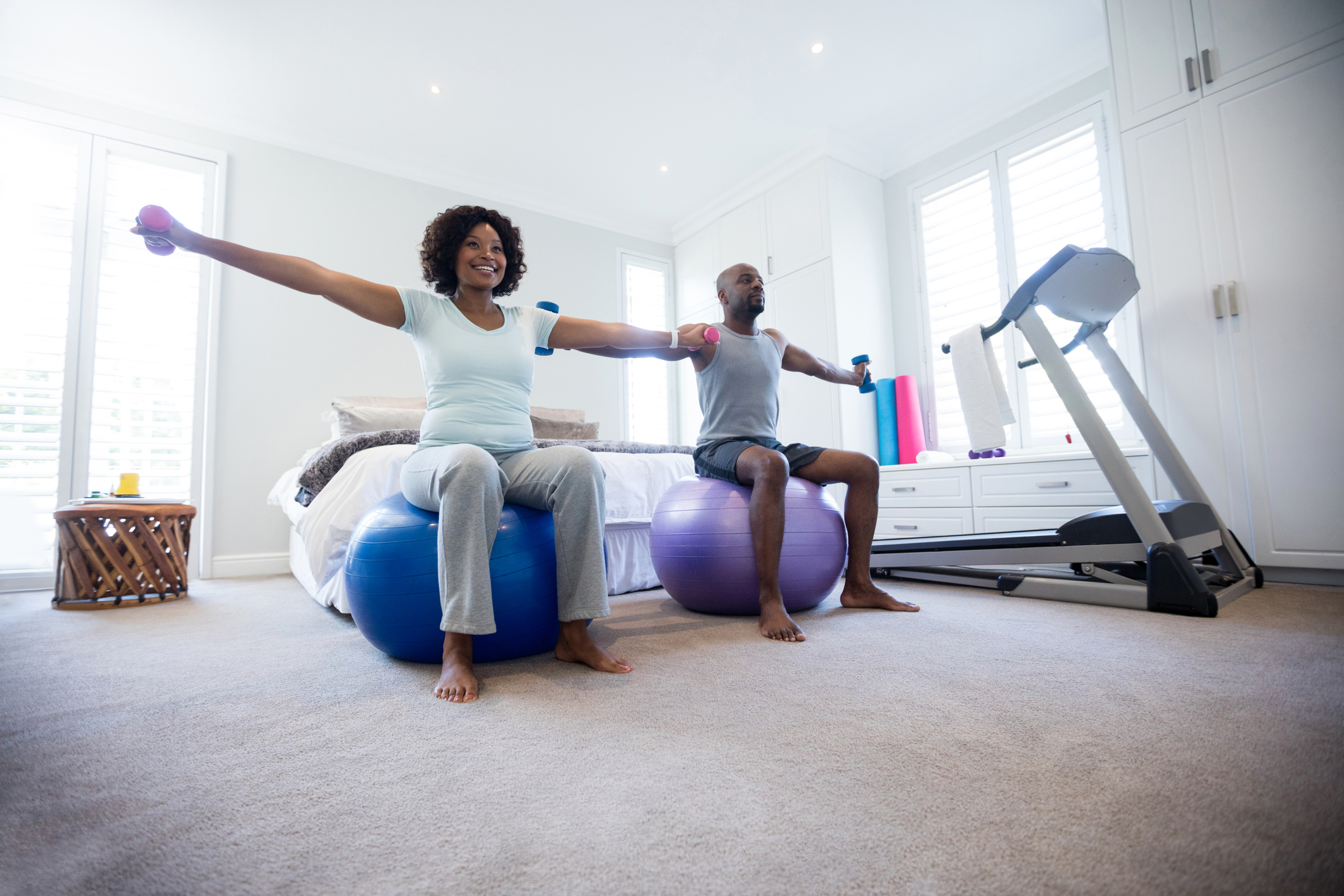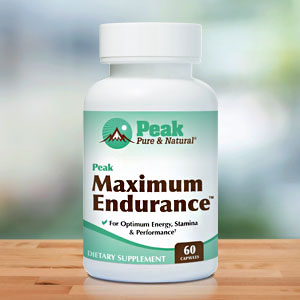Get Easy Health Digest™ in your inbox and don’t miss a thing when you subscribe today. Plus, get the free bonus report, Mother Nature’s Tips, Tricks and Remedies for Cholesterol, Blood Pressure & Blood Sugar as my way of saying welcome to the community!
Can exercise really help you live longer?

Saying that exercise is good for your health is nothing new.
But saying and doing are totally different things…
There are so many different styles of exercise out there, where do you start in deciding what’s best for you? It’s more than confusing, to say the least, to choose the one that delivers the benefits you need in the time you have.
Should you train hard but in short intervals? Maybe running long distances is better. Or maybe just walking or hitting a yoga class a couple of times a week is enough.
Those were answers that were still up in the air — until now.
Considering that the stakes are pretty high — including a longer life span — a comparison of different forms of physical activity has discovered which one best holds up its end of the bargain…
An extra positive effect
Research into physical fitness typically focuses on athletes and younger people. I don’t know about you, but I’m at a different level than those folks when it comes to exercise. That’s why this research appealed to me. It focuses on an oft-forgotten older age group, and if they can do this kind of workout, I know I can!
The research, performed at the Norwegian University of Science and Technology (NTNU), divided people aged 70-77 into three groups:
- Group 1 was assigned to high-intensity training intervals twice a week.
- Group 2 was instructed to train at a steady, moderate-intensity for 50 minutes two days a week, this could be on their own or with instructors.
- Group 3 served as the control group. They were told to just exercise according to the regular recommendations you would get from a government health authority or your doctor. The only thing they changed in their daily life was to go in for regular health and fitness checkups.
Then, the researchers followed everyone for a full five years to see who lived longer and healthier. What did they find?
According to Dorthe Stensvold, a professor in the Cardiac Exercise Research Group at NTNU, “In the interval training group, 3% of the participants had died after five years. The percentage was 6% in the moderate group. The difference is not statistically significant, but the trend is so clear that we believe the results give good reason to recommend high-intensity training for the elderly.”
Among the participants in the control group, 4.5 percent had died after five years.
But get this: All groups compared favorably to the general population (which is overall less likely to exercise at all) and were able to maintain their fitness levels during the whole period — something that is uncommon in the 70+ age group.
“Normally we see a drop in fitness of 20% over a ten-year period for people in their 70s,” says Prof. Stensvold added.
Maintaining fitness
These findings back up those found in a second study by the same researchers which found that “age has the least effect on fitness level for people who exercise at high intensity.” This study demonstrated that:
- HIIT exercisers lost just 5 percent of their fitness level over 10 years.
- Fitness levels dropped by 9 percent in people who exercised regularly, but not at high intensity.
- Sedentary people lost as much as 16 percent of their physical conditioning over 10 years.
And in addition to promoting long life and improved physical fitness, those who performed HIIT experienced better “mental quality of life.”
Since fitness levels directly correlate with risk factors for disease, like high blood pressure, cholesterol and more, maintaining fitness through HIIT could be the key to living not only longer, but better.
Sweaty and out of breath
If you haven’t performed HIIT before, the basics are pretty simple. And the goal is just to get sweaty and out of breath.
To do this, you alternate hard-charging intervals (where your heart rate reaches approximately 80 percent of maximum) with either rest or less intensive exercise.
To use the 4×4 lab-tested method leveraged in the Norwegian study, start by warming up. Then perform four four-minute intervals interspersed with three-minute rest periods. And wind up with a cool down.
The web is a great source of HIIT workout videos. Here’s one by SeniorFitness with Meredith you might check out.
And if you’re still unsure if HIIT is for you, check out this impressive video on the 5-year study.
Editor’s note: Did you know that when you take your body from acid to alkaline you can boost your energy, lose weight, soothe digestion, avoid illness and achieve wellness? Click here to discover The Alkaline Secret to Ultimate Vitality and revive your life today!
Sources:
High intensity training best for older people — EurekAlert!
How to get the most out of your exercise time, according to science — Vox














